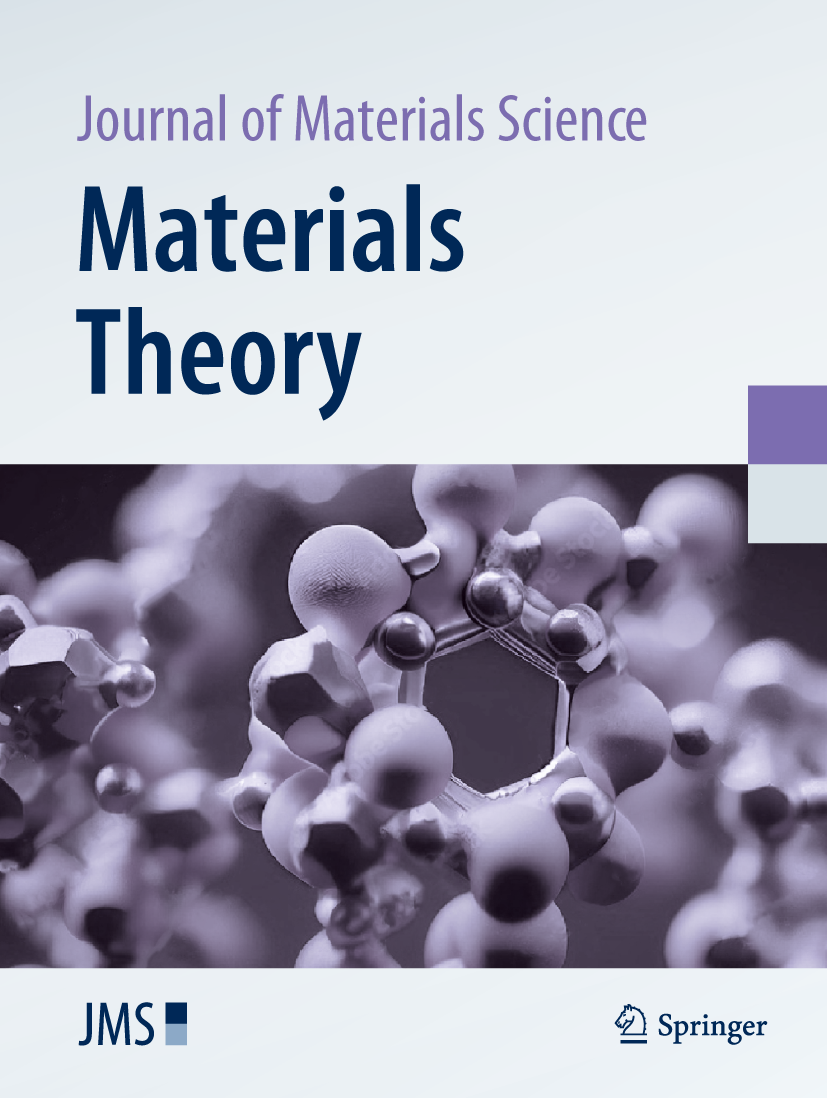Portevin–Le Chatelier effect: modeling the deformation bands and stress-strain curves
引用次数: 1
Abstract
In the Portevin–Le Chatelier (PLC) effect sample plastic deformation takes place via localized bands. We present a model to account for band dynamics and the variability the bands exhibit. The approach is tuned to account for strain hardening and the strain-rate dependence for the case of so-called type A (propagating) bands. The main experimental features of the fluctuations are a reduction with strain and increase with the strain rate which is reproduced by a model of plastic deformation with Dynamic Strain Aging, including disorder as a key parameter. Extensions are discussed as are the short-comings in reproducing detailed avalanche statistics.
Portevin-Le Chatelier效应:模拟变形带和应力-应变曲线
在波特文-勒夏特列(PLC)效应中,样品的塑性变形是通过局部带发生的。我们提出了一个模型来解释波段动力学和波段表现出的可变性。该方法被调整为考虑应变硬化和应变速率依赖于所谓的A型(扩展)带的情况。波动的主要实验特征是随应变的减小和随应变速率的增加,这是由动态应变时效的塑性变形模型再现的,其中无序是一个关键参数。讨论了扩展以及再现详细雪崩统计的缺点。
本文章由计算机程序翻译,如有差异,请以英文原文为准。
求助全文
约1分钟内获得全文
求助全文
来源期刊
自引率
0.00%
发文量
0
期刊介绍:
Journal of Materials Science: Materials Theory publishes all areas of theoretical materials science and related computational methods. The scope covers mechanical, physical and chemical problems in metals and alloys, ceramics, polymers, functional and biological materials at all scales and addresses the structure, synthesis and properties of materials. Proposing novel theoretical concepts, models, and/or mathematical and computational formalisms to advance state-of-the-art technology is critical for submission to the Journal of Materials Science: Materials Theory.
The journal highly encourages contributions focusing on data-driven research, materials informatics, and the integration of theory and data analysis as new ways to predict, design, and conceptualize materials behavior.

 求助内容:
求助内容: 应助结果提醒方式:
应助结果提醒方式:


